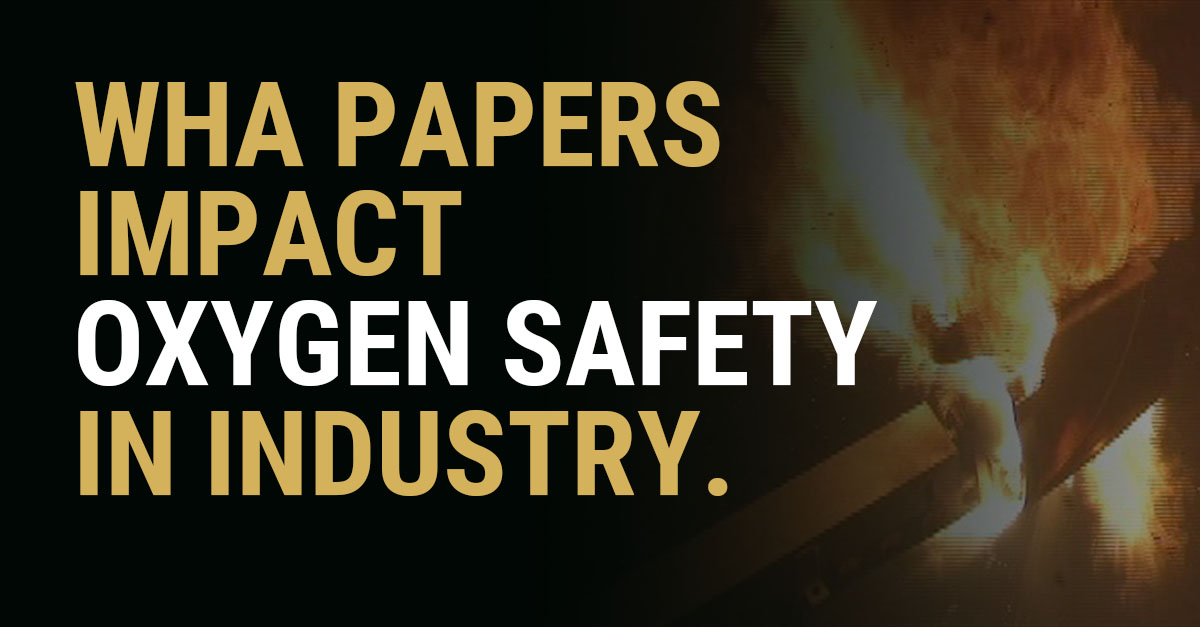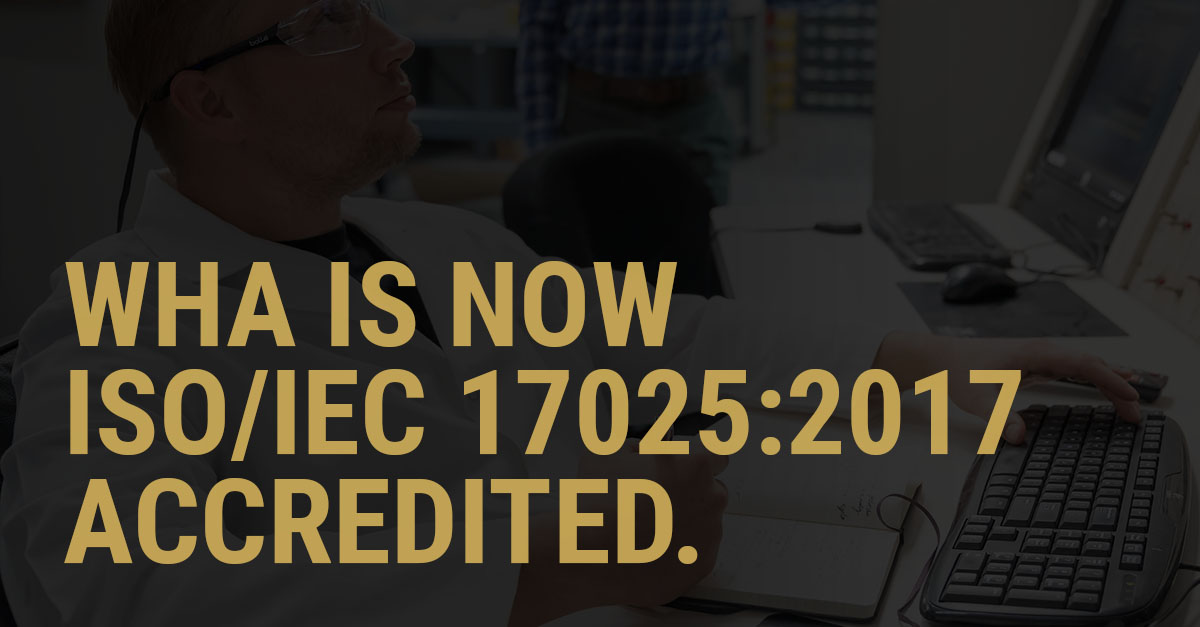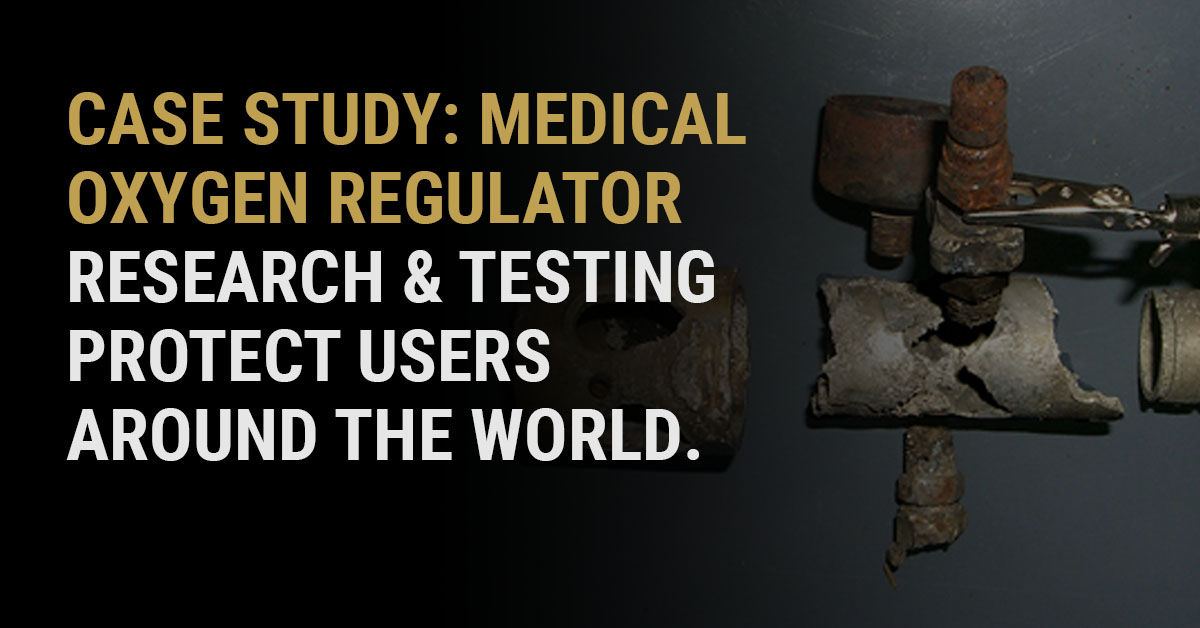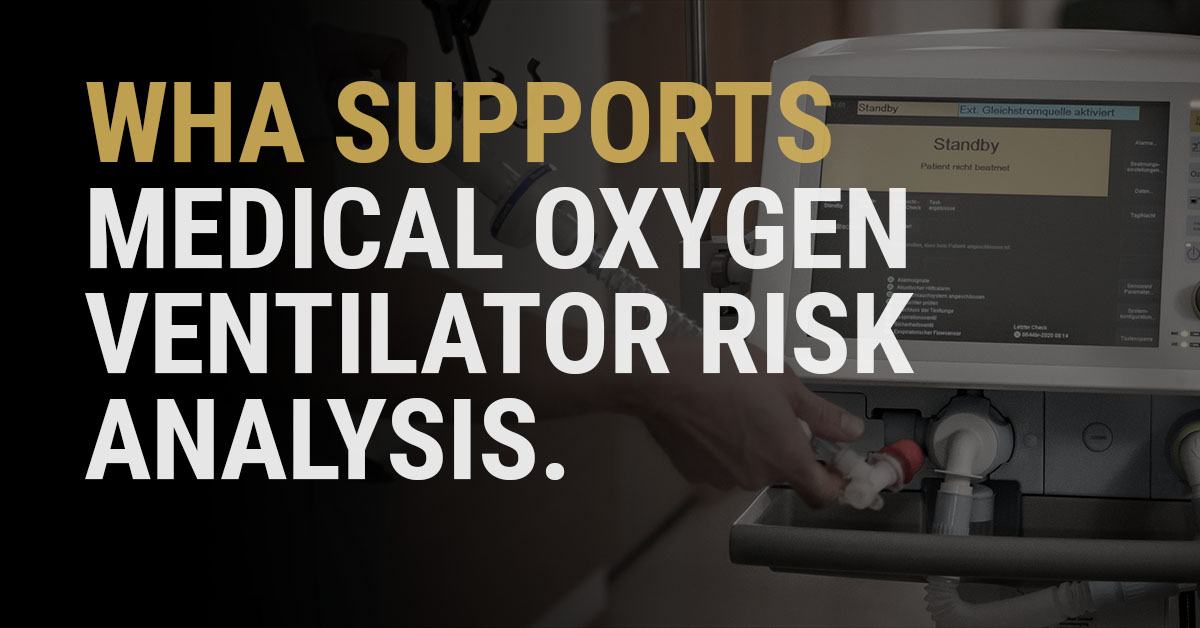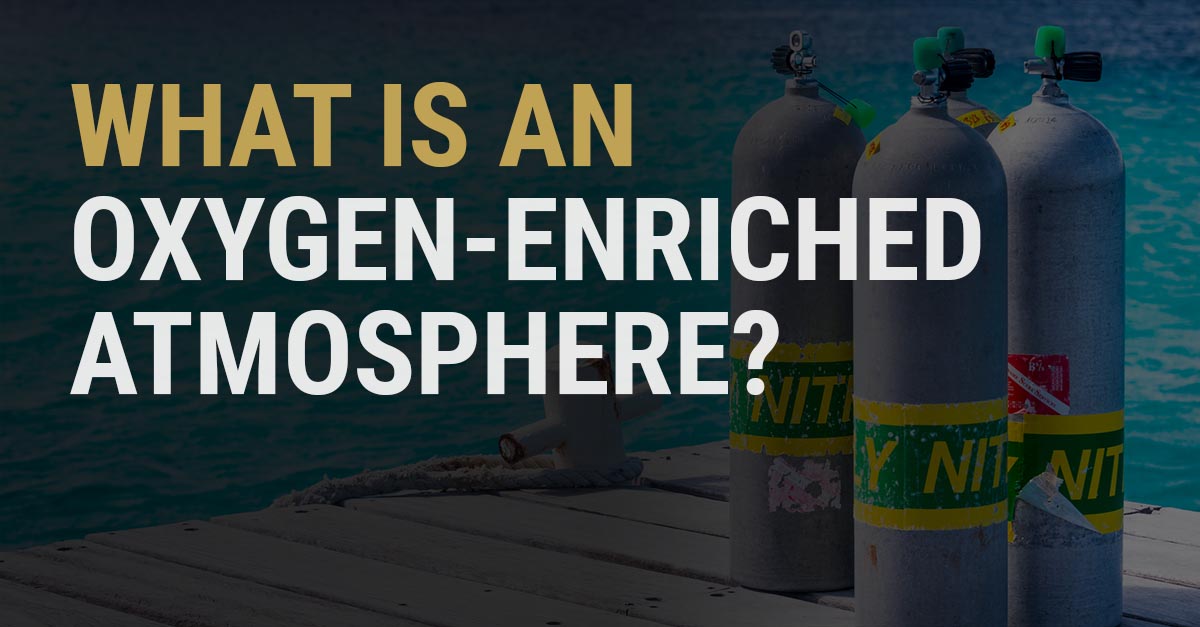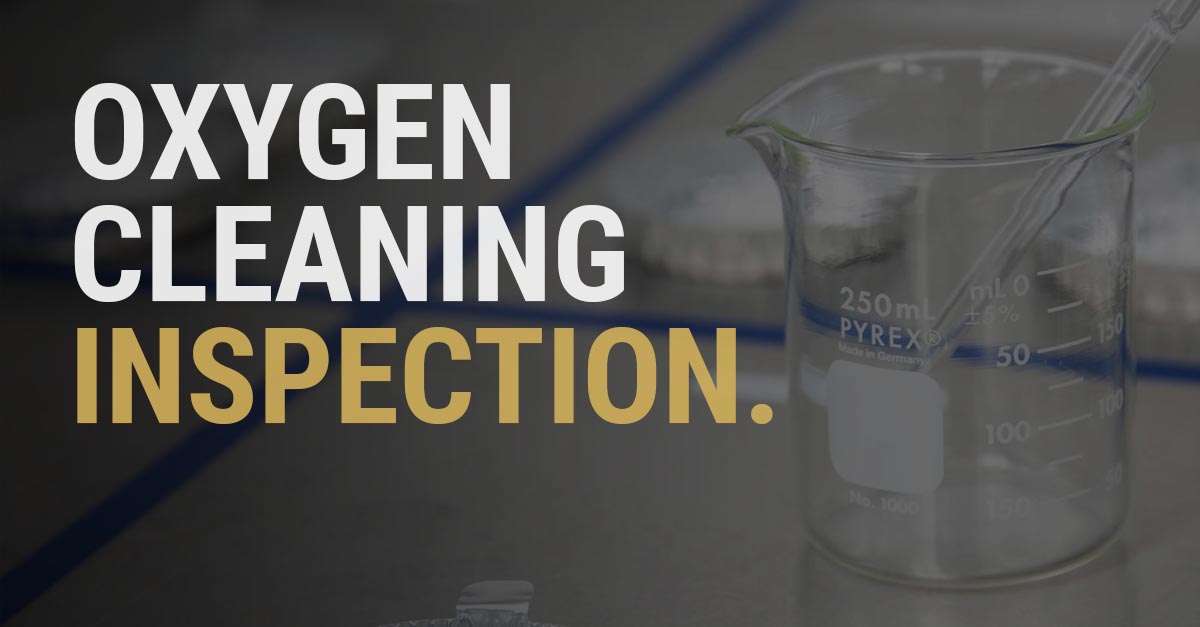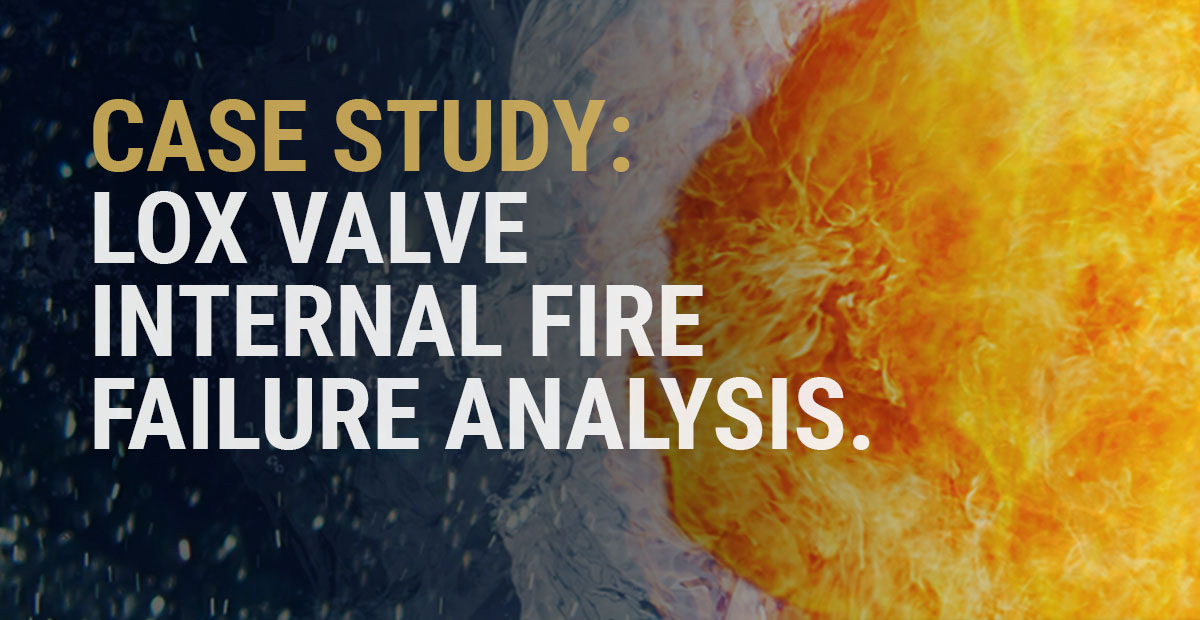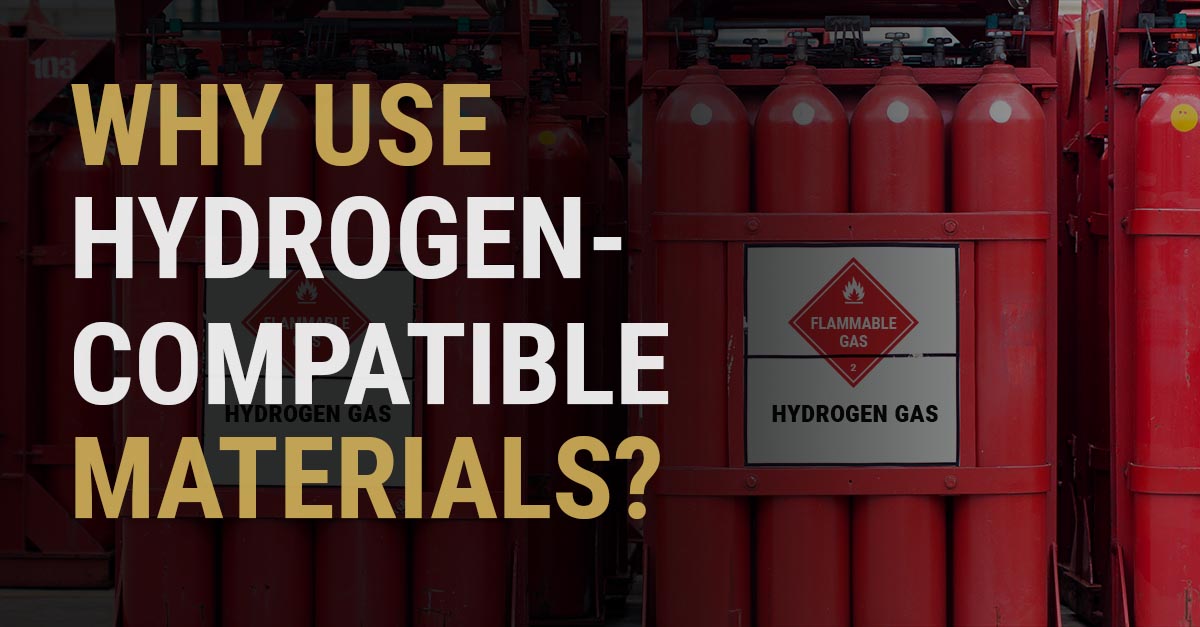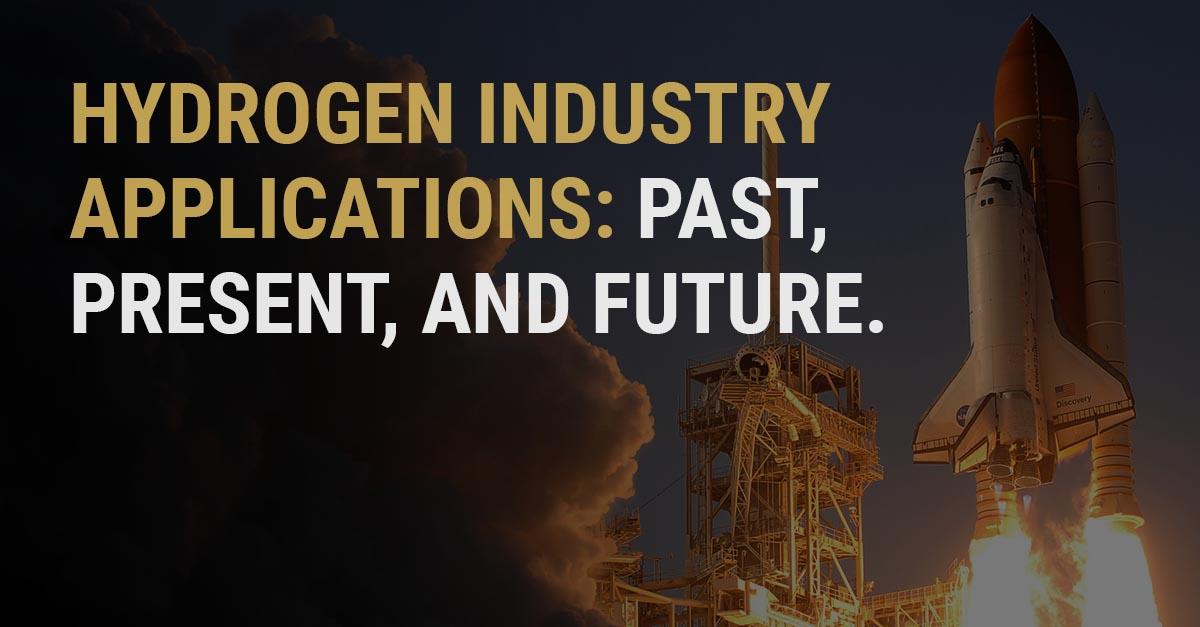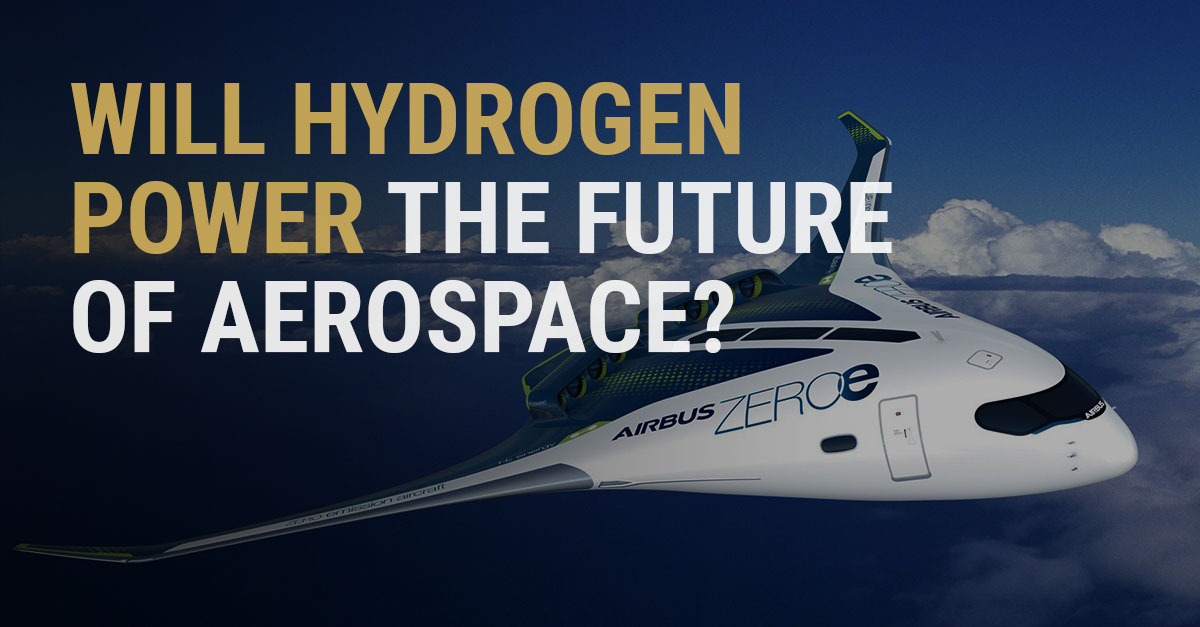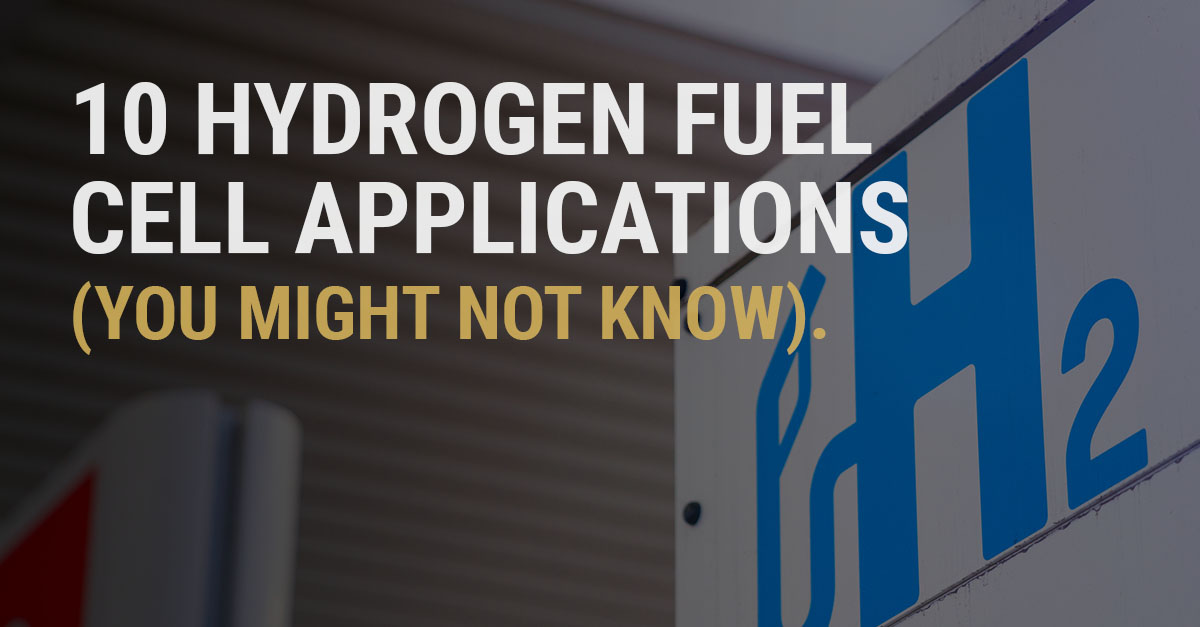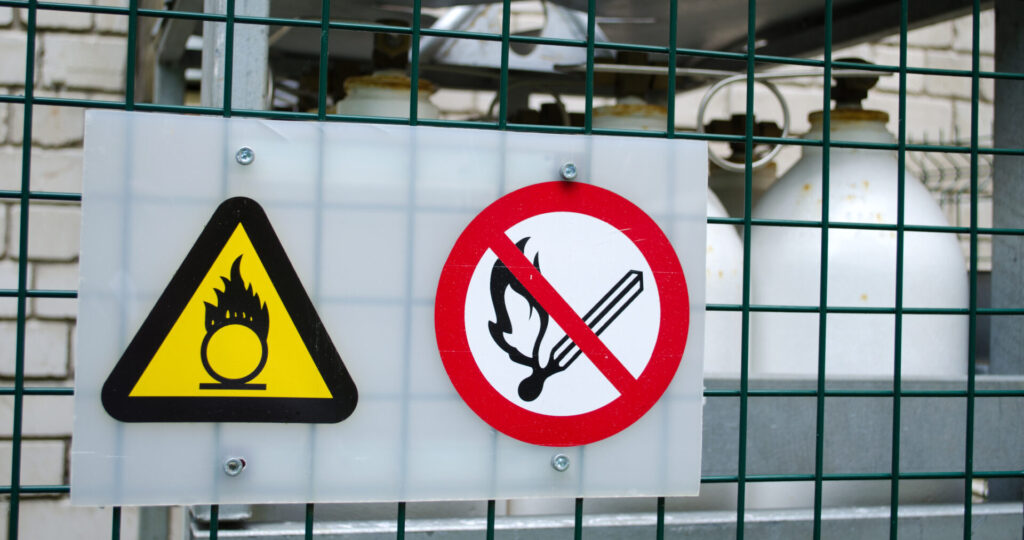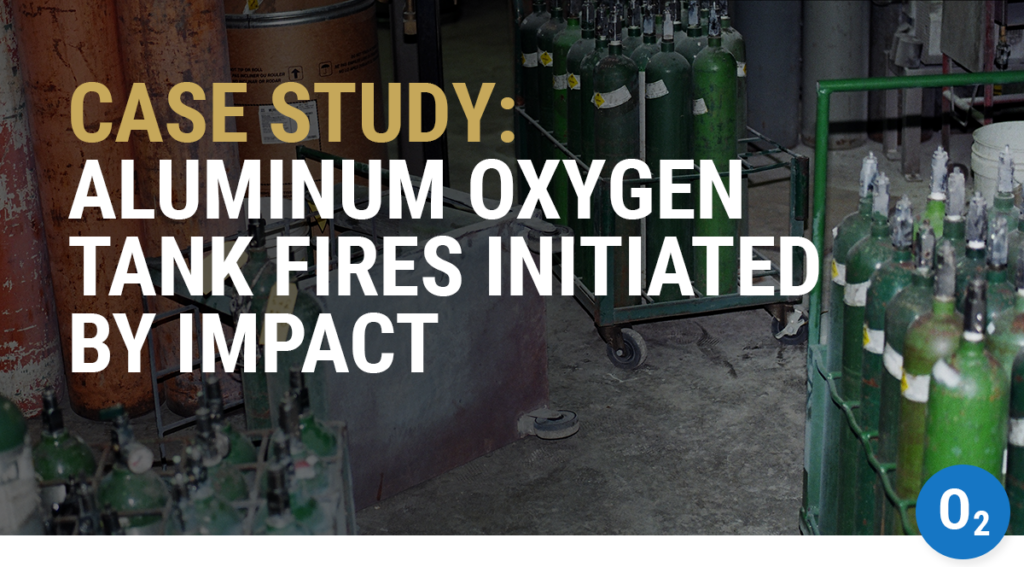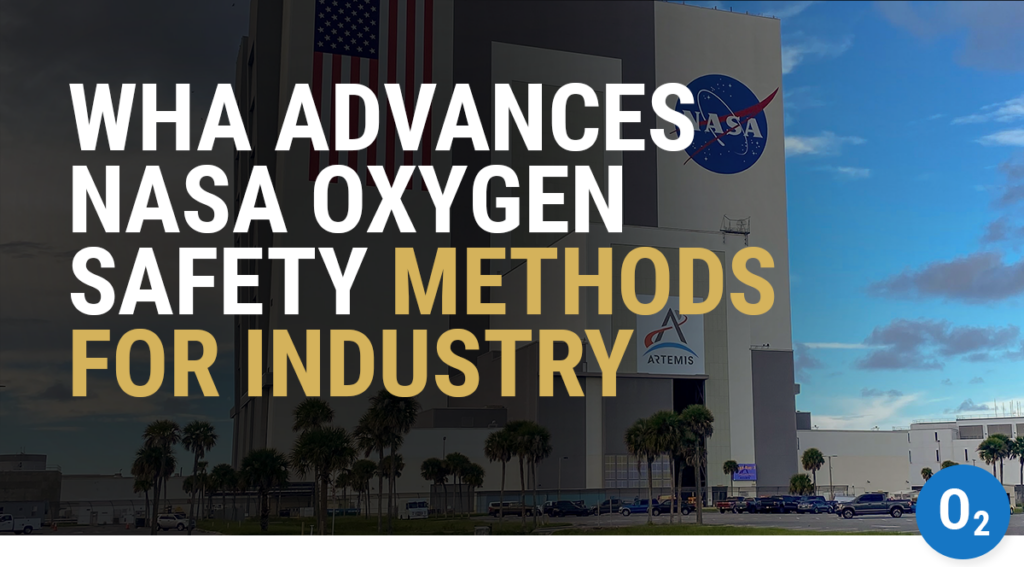WHA’s 2020 Highlights
No matter where you live or what you do, 2020 was a year for the books! Like the rest of the world, we were forced to innovate and develop new tools and methods by which to provide the essential oxygen and hydrogen safety services our clients depend on.
New critical projects included support for medical oxygen ventilators used for treating COVID-19 patients, as well as bringing virtual oxygen training to hundreds of corporate learners from 28 countries around the world, many working remotely from their make-shift home offices and socially-distanced work spaces.
We’re thankful for our incredible employees, and our wonderful clients and colleagues who keep us going. Below, you will find some quick highlights of things we accomplished together. Here’s to you, and here’s to a better and brighter 2021.
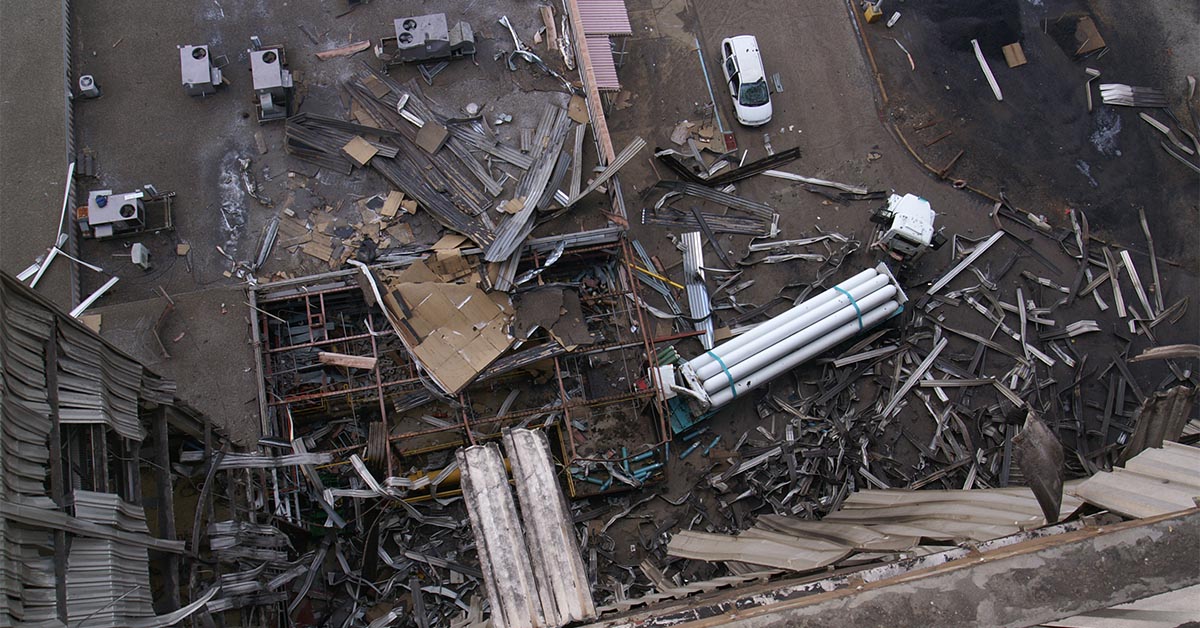
Failure Analysis
In 2020, WHA opened new failure analysis projects at a high rate, with a new project opened every one to two weeks all year.
These investigations encompassed a range of industries, including medical oxygen, chemical production, alternative transportation, and more. The majority (41%) involved oxygen, with the rest split between fuel gases like hydrogen, pressure equipment, electrical, and oxy-fuels. Projects were located in both the United States and around the globe.
Hazard Analysis
Dozens of new hazard analysis projects encompassed a variety of oxygen industries, including mining, military, aerospace, and medical. Several rapid-turnaround ventilator hazard analyses were provided to support ongoing COVID-19 relief efforts.
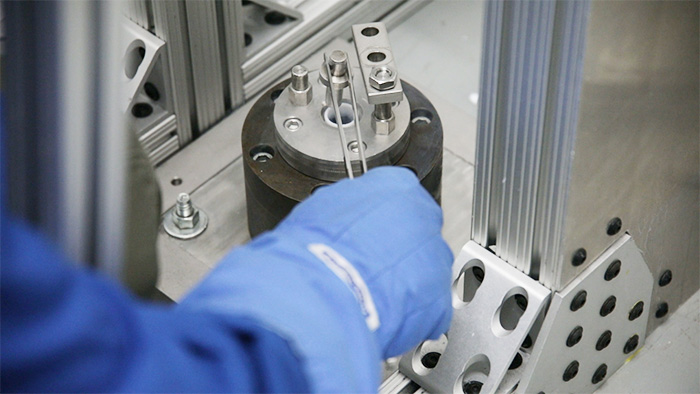
Testing
Throughout 2020, WHA performed almost 100 standard testing projects, including oxygen component qualification and material compatibility tests.
WHA continues to serve as an industry liaison for NASA, coordinating numbers of hazardous materials, components, and systems testing projects annually through a unique Space Act Agreement that gives industry direct access to NASA’s White Sands Test Facility. Along with other oxygen safety consulting services, several of these projects supported government and commercial space exploration efforts in the US and Europe.
Additional custom testing projects involved several exciting areas of research, including high-pressure promoted combustion testing of unique alloys in oxygen, high-temperature metals testing, and testing of both large-diameter industrial oxygen components and small, light aerospace components for spacecraft. Our custom testing program continues to support research and development, partnering with international standards organizations, universities, and government agencies.
Oxygen Cleaning
WHA’s precision oxygen cleaning service area continues to clean over 10,000 parts every month.
As an industry essential service, WHA’s oxygen cleaning capabilities directly impacted the world’s response to COVID-19, supporting a large increase in demand for parts used for medical ventilators. WHA oxygen cleaning experts also performed multiple oxygen cleaning verification (OCV) projects to support manufacturers’ in-house oxygen cleaning compliance requirements.
Training
Despite a full-stop to in-person training by our clients around the globe, our expert instructors shifted all public and private corporate training to an interactive live webinar format in 2020. Throughout the year, we trained hundreds of students around the world in over 28 countries as many worked remotely from their make-shift home offices and socially-distanced work spaces. We also finalized and launched our new learning management system (LMS), providing an enhanced experience for and on-demand recorded webinars.
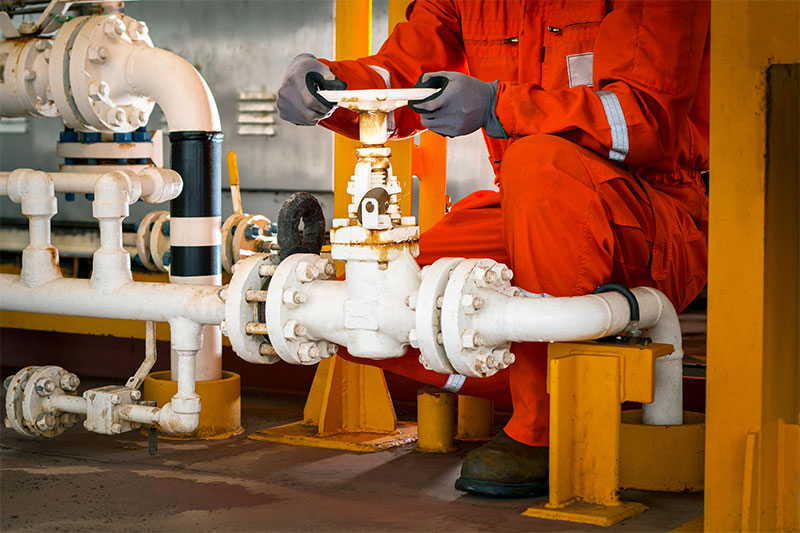
Hydrogen Safety
In 2020, WHA’s hydrogen safety projects significantly increased, responding to the demands of a fast-growing hydrogen economy. Over the past year, WHA joined the Center for Hydrogen Safety (CHS), became a member of Hydrogen Safety Panel (HSP), and presented at CHS’s virtual conference.
In October, our hydrogen safety experts also revamped and hosted our Level 1 and Level 2 hydrogen safety training courses for the first time in a virtual format.
Online Safety Resources
Each month, WHA articles and resources appear in tens of thousands of online searches. Top search terms include topics like oxygen cylinder safety, cleaning for oxygen service, and oxygen enriched atmosphere.
Last year, the WHA team compiled 12 new articles to share case studies, learning resources, and important industry updates on oxygen and hydrogen safety. Click to view any of our top publications from 2020 below…
Oxygen Safety Topics
Since 1975, ASTM Committee G04 has been at the center of oxygen safety innovation and communication. In this article, you can read a preview of eight new papers submitted by WHA for presentation at ASTM’s 15th international symposium on oxygen. Read more.
WHA International is now officially accredited by PJLA in accordance with the international standard ISO/IEC 17025:2017. This new accreditation demonstrates that WHA’s testing laboratory services meet the highest level of international quality control. Read more.
In the 1990s, a disturbing rise in medical oxygen fires caused severe burns to multiple emergency personnel and cost millions in damage and lawsuits. In response, WHA played a major role in developing new oxygen safety standard ASTM G175 for medical oxygen regulators. Read the inspiring story of how careful methodology, enthusiastic collaboration, and scientific innovation can solve problems and protect lives. Read more.
As the demand for oxygen ventilators increased in response to COVID-19, many new designs were developed. New ventilator designs need careful consideration of the oxygen fire risk, and WHA provided the experience needed to help ventilator manufacturers analyze and mitigate the risk. Read more.
The definition of an oxygen-enriched atmosphere varies across industries, standards, guides—anywhere from 21% to 40% or more. In this article, WHA oxygen safety experts outline the definition of oxygen enrichment (and their differences) so that system designers and end users can understand the hazards that may be present. Read more.
Especially with many new medical oxygen equipment manufacturers entering the market to support COVID-19, companies want to know “how clean is clean?” and “how do we know if our parts are clean enough?” In this article, WHA oxygen cleaning experts discuss cleanliness standards, visual inspection methods, and quantitative oxygen cleaning verification. Read more.
Component designers often look for definitive “safe-use” criteria for materials used with oxygen, but the issue of oxygen compatibility is not so black and white. In this article, WHA’s engineers outline the basic science of oxygen compatibility and how materials are qualified for use in oxygen. Read more.
When operators first discovered an internal leak in a large industrial liquid oxygen (LOX) system, they had no idea of the violent fire that had occurred inside. There was no way to know how long the valve had been in operation in its current damaged state. Despite the mystery surrounding the event, WHA’s failure analysis team uncovered answers and valuable lessons learned. Read more.
Hydrogen Safety Topics
Hydrogen compatibility is a complex subject with relatively little industry awareness and understanding. In this article, WHA’s hydrogen safety experts define hydrogen compatibility and introduce WHA’s hydrogen risk management philosophy. Read more.
How well do you know the hydrogen industry? Hydrogen is quickly becoming a global contender for alternative energy, but these applications actually account for less than 10% of global consumption. In this article, we take a look at both the historic leaders of hydrogen consumption and the newer contenders for hydrogen technology and innovation. Read more.
For decades, liquid hydrogen has served as a powerful rocket fuel, and more recently, aerospace applications of hydrogen have expanded to include both fuel cells and combustion fuel. Could hydrogen power be the future for aviation and space flight? Read more.
Today, hydrogen has emerged as a clear front-runner for alternative clean energy, offering versatile options for energy production, distribution, and application. Hydrogen fuel cells are already being used in a variety of vehicles and power systems. How many applications can you name? Read more.
Share this entry
Related Articles
Real world oxygen fire evidence underscores the need for safety
Over 30+ years of investigating oxygen fires at WHA International, Inc., we have documented hundreds of incidents...
Case Study: Aluminum Oxygen Tank Fires Initiated by Impact
In recent years, several notable oxygen tank fires have occurred after a fall or sudden impact. WHA...
WHA International Advances NASA Oxygen Safety Methods for Industry
WHA International has shared a close relationship with NASA since its inception in 1987. Many of WHA’s…
Request an expert
consultation
Contact us to request a free consultation with an experienced engineer who can help you better understand your needs and our solutions.

